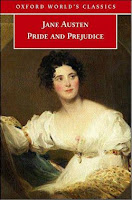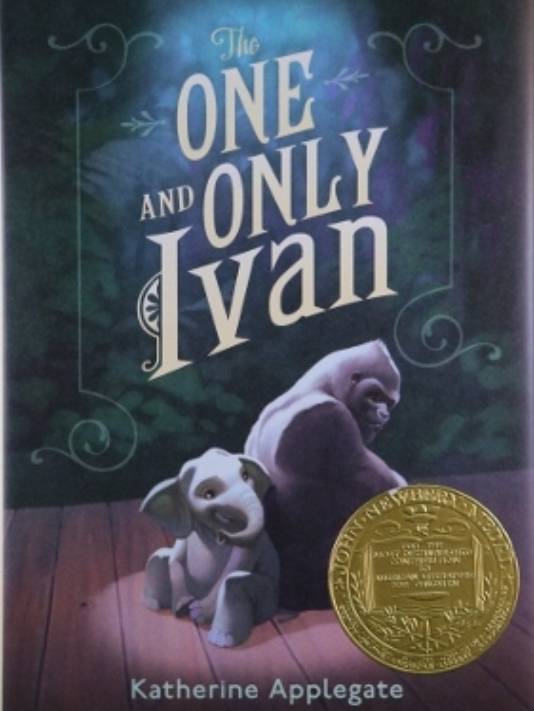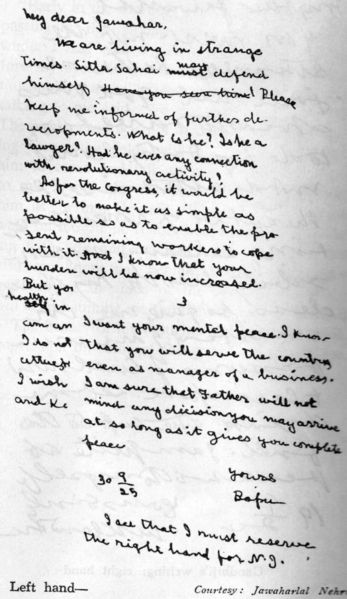Secrets!
Slammed doors! Silent treatments! S-E-X!
The jacket blurb for a 1950’s pulp novel?
Nope. There’s just an older middle grader in the house. And, in
between the Four S’s noted above, he/she is probably reading.
Sales of books for adolescents continue to rise even as other genres
falter. The reason? Young teens “connect in the text,” says Joanne O’Neil of Tomorrow Museum. “At this age, it’s a
revelation [for them] to see an author has the same dreams and insecurities” as
they do. Good middle grade novels entertain; they can also inspire, reassure
and help guide readers through those early turbulent teen years -- if the author (that’s you!) has a solid
knowledge of what this stage entails and why it resembles the Disneyland
attraction Mr. Toad’s Wild Ride.
OLDER MIDDLE GRADE (ages 12-15/6th-9th
grade)
FAVORITE QUESTION: “How do I fit in?”
Older middle graders are Humanistic Explorers. They’re creating
their social selves, trying on different group dynamics (Jock or Goth? Gamer or Gangster? Class Clown or Class
President?) to see which ones best fit who they are and who they want to be –
in school, society, and in life.
FAVORITE QUOTATION: “Don’t tell me what to do!”
This age teeters between being fiercely independent and painfully
self-doubting. So if they sniff even a whiff of criticism in a mild suggestion,
they’ll rebel with fury.
PHYSICAL CHARACTERISTICS:
Growing pains are not a myth. The speed and magnitude of an adolescent’s
physical growth is comparable to what an infant experiences in the first three
years of life. Only this time, muscles ache.
Bones moan. The immune system crashes, leading to numerous viruses. The
sudden onset of gangly knees, knobby elbows, and dizzying heights a la Alice
when she nibbled the ‘Eat Me’ cake in Wonderland, cause older middle graders
to slip and trip, bump and bash.
And they’re changing so fast they might not recognize themselves
in the morning mirror – if they can get up, that is. Lethargy rules, so
adolescents often become one with their beds. They are exhausted.
Oh, and let’s not forget the brain, which is awash – nay, fermenting – in sexual hormones. This leads to a whole ‘nother litany of
physical changes and (ahem) urges that aren't regulated well. The
brain’s frontal lobes don’t fully connect until age 26. This is bad news for
adolescents – who lack insight, judgment, self-control – but good news for
authors – who can use those attributes (or lack thereof) in creating characters
and plot twists.
INTELLECTUAL CHARACTERISTICS:
Teens are smart, but their actions suggest a decrease in intellectual capacity. (Studies show that the teen I.Q.
literally drops several points.) Once lively, engaged,
inquisitive young middle graders now morph into monosyllabic morons. They’re
oblivious. Forgetful. They sleepwalk through life. Their favorite quote is interchangeable with
“Huh?” or “Duh.”
Why? Duh! Adolescents are simply too absorbed with the physical changes of their bodies (and those of the hotties sitting next to them in History class) to care much about learning, studying or Mom's 200th desperate plea to 'Please take out the garbage!'
PSYCHOLOGICAL
CHARACTERISTICS: Older middle graders
have fragile, volatile, often paradoxical emotions. These ‘kids’ suffer.
One minute they’re sweetly opening a door for you – next moment slamming it in
your face. If challenged, they’ll rebel
– or pull inward. They feel as if they’re constantly being watched, examined,
evaluated, so a tiny zit becomes a volcano; an off-hand comment a crushing
criticism. Self-doubts create a craving
to belong, to fit in, to search for heroes to emulate, ideals and values to
call their own.
Older middle graders
also have a strong urge to understand their place in society – and history. And
they want to play an important role in that society. The more the middle grade ‘child’ learns and
understands about himself, the more he’ll understand what that role can
be. This means he’ll be seeking to read about
and identify with characters – fact or fiction – who are ready, as he is, to
search, explore, challenge, and understand life – and make a memorable impact
upon it.
*****
Lee Wardlaw is the author of close to 30 award-winning books
for
children, tweens and teens, including 101 Ways to Bug Your Parents
(younger middle grade), an IRA/CBC Children's Choice Book,
and 101 Ways to Bug Your Friends and Enemies (older middle
grade),
which recently won the Forward National Literature Award for Humor.
Lee has a B.A. in Education and
will earn her M.Ed. in Child Development
from Loyola University Maryland in 2014.
 Apart from a Romanian orphan mentioned only in conversation (and seen in a brief video), Mike is the only kid in this story. His world is populated by Mike's genius but clueless father, his Great Uncle Poppy and Great Aunt Moo, and other adult characters, like Past, a homeless man.
Apart from a Romanian orphan mentioned only in conversation (and seen in a brief video), Mike is the only kid in this story. His world is populated by Mike's genius but clueless father, his Great Uncle Poppy and Great Aunt Moo, and other adult characters, like Past, a homeless man.


























